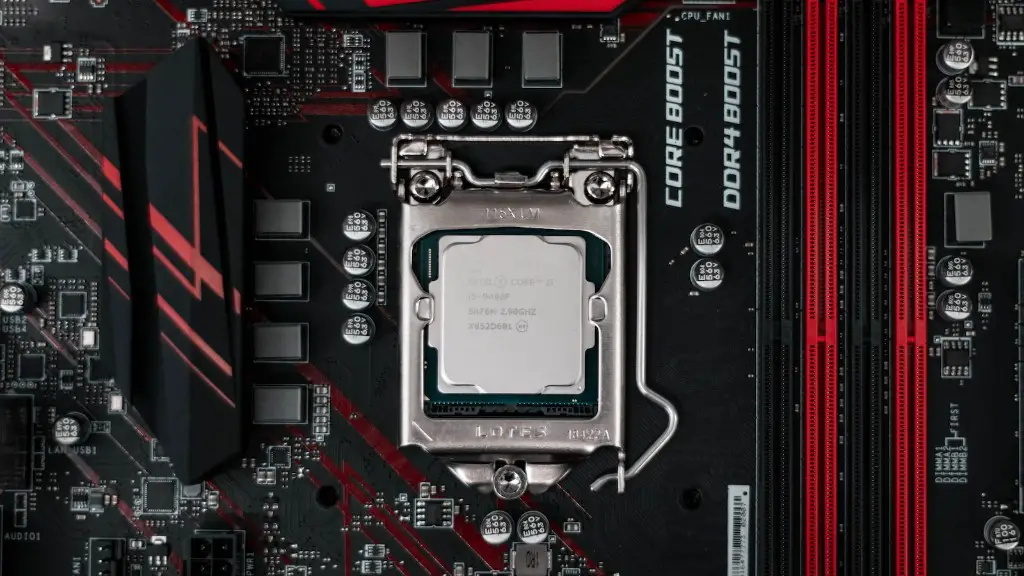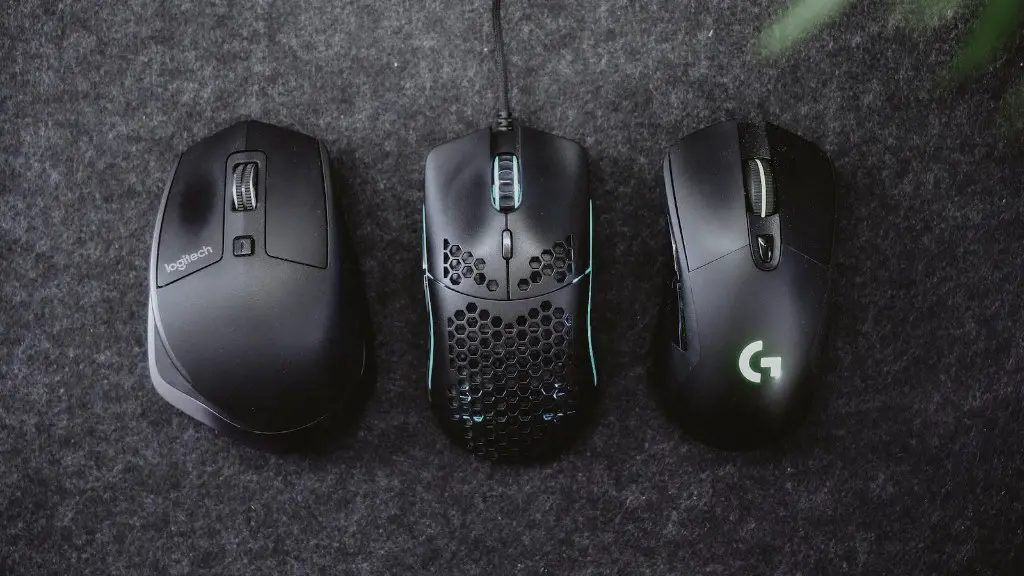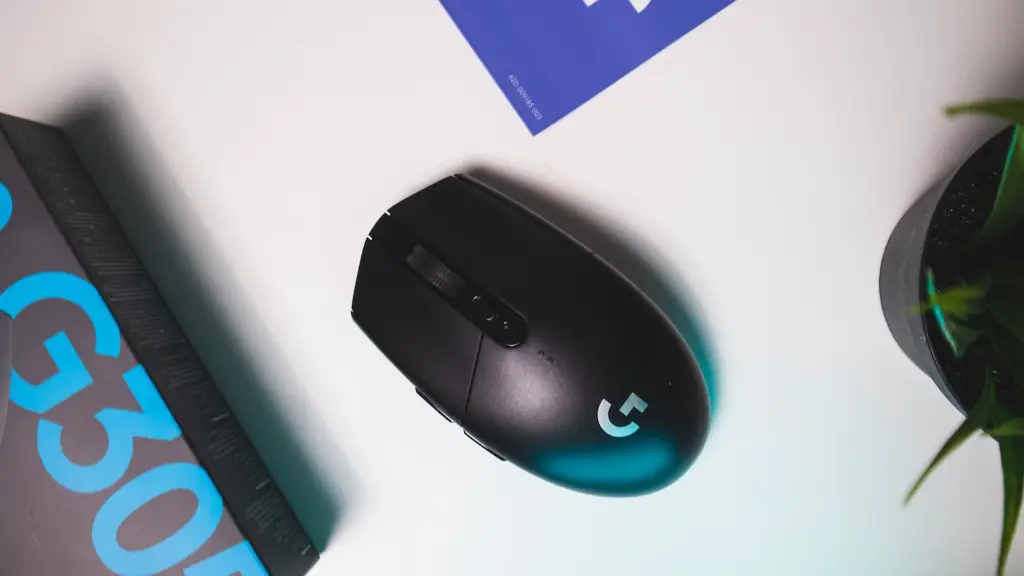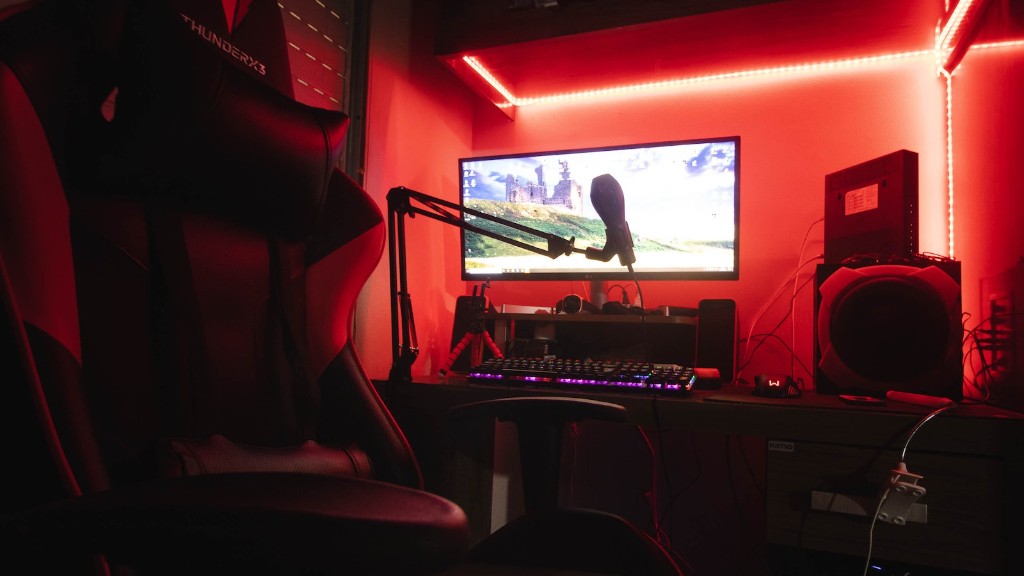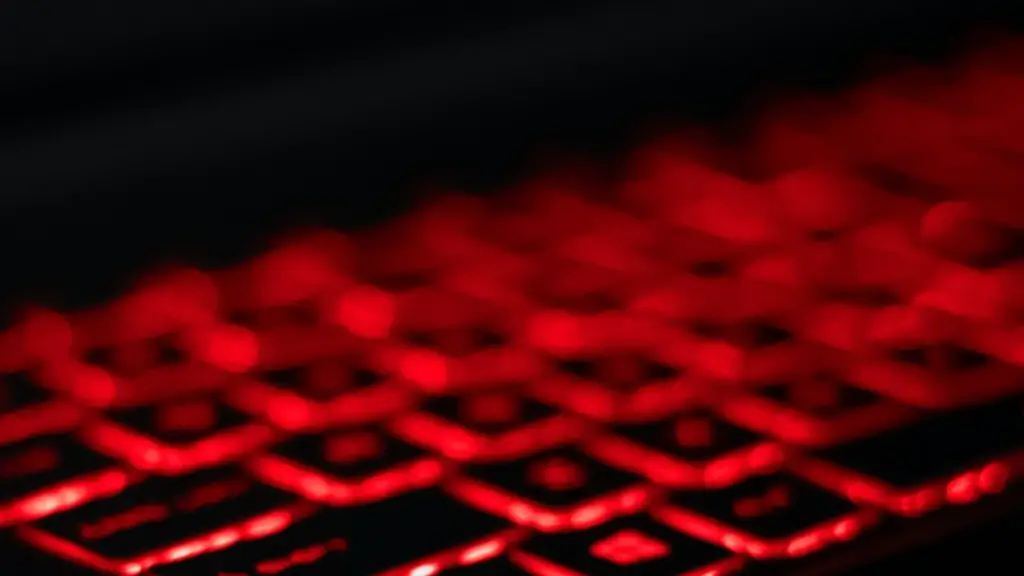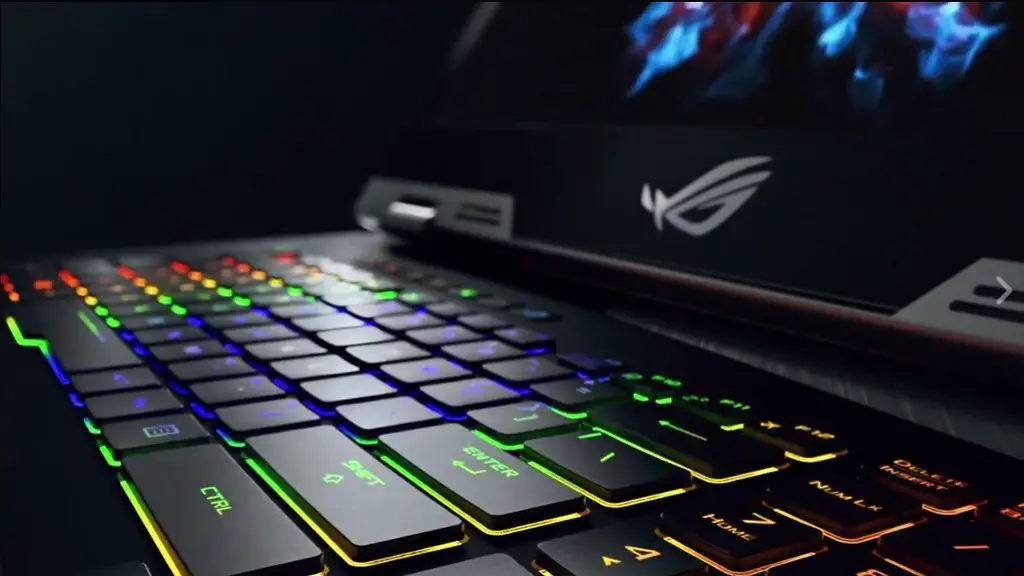Connecting a gaming PC to the internet is an essential part of enjoying online gaming. Without a connection, a gaming PC is somewhat useless. To help you out, here are the steps to get connected in no time:
1) Activate your modem/router – Before you can connect your PC to the internet, you need to activate your modem/router. This is done by setting up a username and password as well as selecting a network name for your connection. Once this is done, you can move on to the next step.
2) Connect your PC to the modem/router – Once your modem/router have been activated, it is time to connect your PC. Depending on the type of modem/router you have, the connection methods can vary. Most modems/routers will require an ethernet connection, while some may require a wireless connection.
3) Configure your network settings – Once your PC is connected to the modem/router, it is time to configure the network settings on your PC. This is where you choose what type of connection you have (static IP, DHCP, etc.) as well as configuring any other options for your connection. Once you have completed this step, you can move on to the next step.
4) Configure your firewall – In order to ensure the security of your PC and connection, you need to configure your firewall with the necessary settings. This may include allowing applications and services through the firewall, as well as setting up any other security settings. Once this is completed, you can move on to the next step.
5) Test the connection – Once you have completed the previous steps, it is time to test the connection. This involves verifying that the connection is working properly by using a speed test or other suitable testing tool. If the connection is working as intended, then you can move on to the final step.
6) Setup online gaming services – This step depends largely on the online gaming service you are using. Each online gaming service will have its own setup process and will require different connection settings. Once you have completed the setup process for your chosen online gaming service, you will be ready to start gaming online.
7) Start gaming – This is the fun part! Once you have completed the above steps and have verified that the connection is working, you can now start gaming. So turn on your favorite game and start playing!
How To Troubleshoot an Internet Connection Problem
When connecting to the internet, there may be times when you encounter a problem. It is important to know how to troubleshoot such issues to ensure that you can get back up and running. Here are some tips to help you with that:
1) Power cycle the modem/router – Before attempting any other steps, you should power cycle the modem/router. This is done by unplugging the power cable from the modem/router for about 30 seconds and then plugging it back in. This will clear any errors or potential problems that may be preventing you from connecting to the internet.
2) Check for physical connections – Make sure that all the cables connected to your modem/router are properly seated and that there are no loose connections. Also, check the connections from the modem/router to your PC. If everything looks good, then you can move on to the next step.
3) Reset the network settings – If the problem persists, it may be necessary to reset the network settings on your PC. This will make sure that any current settings aren’t causing the connection issues. To do this, open the Network and Sharing Center, select the network connection, and click the “Restore Defaults” button.
4) Refresh the connection – If your connection is still not working, try refreshing the connection on your PC. To do this, open the Network and Sharing Center, select the network connection, and click the “Refresh” button. This will release and renew the connection and may help restore the connection.
5) Review error logs – If the problem persists, you may need to review the error logs on your PC. To do this, go to the Network and Sharing Center, select the network connection, and click the “Diagnose” button. This will open a window with a list of error messages related to the network issue. Reviewing these messages should give you a better idea of what may be causing the connection issue.
Further Troubleshooting
If none of the above steps work, then it may be time to try further troubleshooting. Here are some additional steps you can take to try and identify the source of the connection problem:
1) Check your hardware – If the connection issues persist, it may be necessary to check your hardware for any problems. This can include checking the modem/router for any indicators of a faulty component, checking the cables for any visible damage, and replacing any components that may be causing the connection issue.
2) Use the troubleshooting wizard – Windows includes a troubleshooting wizard that can help identify and fix any network connection issues you may be encountering. To run the wizard, open the Network and Sharing Center, select the network connection, and click the “Troubleshoot” button. The wizard will then step you through the process of diagnosing and resolving the issue.
3) Update drivers – If the previous steps don’t help, it may be necessary to update the drivers for your network adapter. To do this, use Windows Update or visit the manufacturer’s website to download and install the latest drivers for the network adapter.
4) Contact internet service provider – If none of the above steps have worked, it may be necessary to contact your internet service provider (ISP). The ISP may be able to run some diagnostics on the connection and identify any problems that may be preventing you from connecting.
5) Change the location – If all else fails, you may need to change the location of your PC. Changing the location can often help if there are any interference issues that are preventing you from connecting to the internet.
Additional Tips
Here are some additional tips to help you get the most out of your internet connection:
1) Check speed – If you are having problems with your connection, it is a good idea to check the speed of your connection. This will help you identify any bottlenecks or other problems that may be affecting your connection speed.
2) Limit background activity – To get the most out of your connection, it is a good idea to limit any unnecessary background activity. This includes closing any applications or programs that aren’t currently in use as well as disabling any automatic updates that may be running in the background.
3) Check network settings – It is a good idea to periodically check the network settings on your PC. Make sure that any changes you make to the settings are compatible with the type of connection you are using.
4) Use a wired connection – Where possible, use a wired connection instead of a wireless connection. A wired connection is more secure and can provide better performance than a wireless connection.
5) Use a VPN – Using a virtual private network (VPN) can help you better secure your internet connection. A VPN encrypts your connection and can help protect against identity theft, malware, and other threats.
